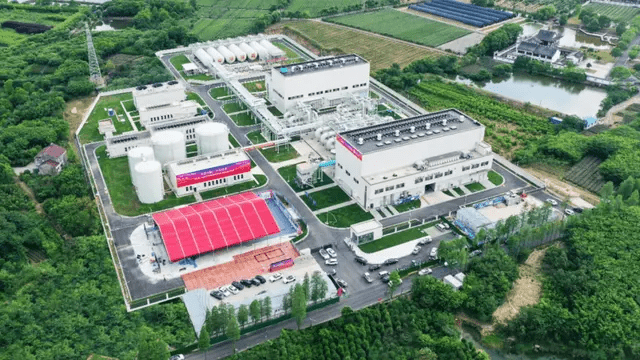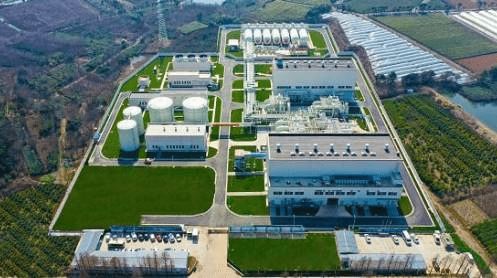China’s Huaneng Group has achieved a major milestone in renewable energy innovation with the launch of phase two of its Jintan Salt Cavern Compressed Air Energy Storage (CAES) project in Changzhou, Jiangsu province.
The second phase of the Jintan project is a leap forward in energy storage technology. With the addition of two 350 MW non-fuel supplementary CAES units, the facility’s total storage capacity reaches 1.2 million cubic meters, enabling it to store up to 2.8 GWh of electricity per full charge. This surpasses any other CAES facility worldwide, solidifying Jintan’s position as a global leader in energy storage innovation.
Designed to operate for 330 charge-discharge cycles annually, the system integrates advanced non-fuel supplementary technology, which eliminates the need for external fuel sources by reusing heat generated during air compression. This process not only achieves zero carbon emissions but also delivers an impressive energy conversion efficiency exceeding 60%. Phase one of the project, which included a 60 MW unit, provided critical operational insights, enabling the successful scaling up to phase two.

At the heart of the Jintan project are groundbreaking innovations that enhance its reliability and adaptability. The one-click start system reduces startup times from 20 minutes to just 5 minutes, significantly improving operational efficiency. Additionally, the quick-start air turbine allows the facility to respond rapidly during peak demand periods, ensuring grid stability. Continuous machine optimizations have also increased system efficiency by 0.5%, underscoring the project’s focus on maximizing performance.
As the world’s first industrial-scale clean CAES project, the Jintan facility highlights the potential of salt caverns as a resource for renewable energy storage. Li Yaoqiang, chairman of China Salt Group, emphasized the significance of the project, describing it as “an important milestone in the utilization of salt cavern resources to explore the development of China’s salt industry.”

Beyond its technical achievements, the project addresses one of renewable energy’s biggest challenges: intermittency. By providing a scalable and efficient storage solution, it exemplifies how CAES technology can stabilize energy grids while supporting the global transition to low-carbon systems.
The success of the Jintan project extends beyond China’s borders. Countries such as Australia and the UK are increasingly exploring CAES technology to diversify their energy storage capabilities.


